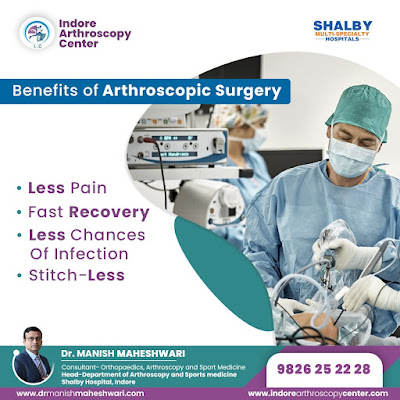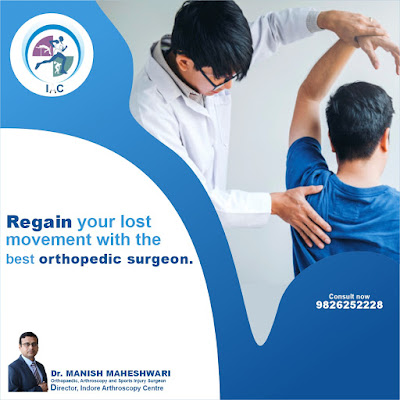Fracture management and Advantages by Arthroscopy
Arthroscopy assisted techniques for treatment of fractures has been now the most simple and effective treatment techniques, the main advantages of this technique in comparison to other open methods are in this method there is a direct visualization of intra articular space, decreased invasiveness, proper technique increases the possibility for the multitasking interventions by which both the repair of the soft tissues, cartilage and the fixation of fracture can performed simultaneously. The new Arthroscopic techniques is also very time effective as compared to the other time consuming and technically demanding open surgeries.
The management of the articular fractures are always a matter of concern, every fracture is different from the other one using the classification system the surgical and non-surgical indication is given by this specialist, along with this the main goal should remain the same that is anatomical reduction, loose body removal, stable fixation and the minimal invasiveness. Keeping these goals in mind open procedures are acute compromise. To reduce the following risk Arthroscopically assisted reduction and internal fixation techniques(ARIF) are used. This techniques have been applied to treat fractures affecting several joints like shoulder, elbow, wrist, hip, knee, ankle.
Advantages of Arthroscopy in fractures:-
- Minimally invasive- Fracture surgeries usually take longer period of time in the treatment, using arthroscopic methods these surgeries can be done by minimal Invasive method that requires only small incision for the total repair.
- Dr. can easily visualize and address concomitant intra articular pathology- Arthroscopy is generally done using a narrow tube attached with a fiber optic video camera this procedure helps the Dr. In easy assesment of the situation and the lesion.
- Faster recovery- As it's a Minimal Invasive technique it provides faster recovery then other open fracture Surgeries.
- Less pain after procedure- it promotes faster recovery and also the person experience less pain after and during the procedure.
- No risk of infections- Due to the small incisions in the procedure, there is no risk of infections and there's no risk of worsening in any other conditions.



Comments
Post a Comment